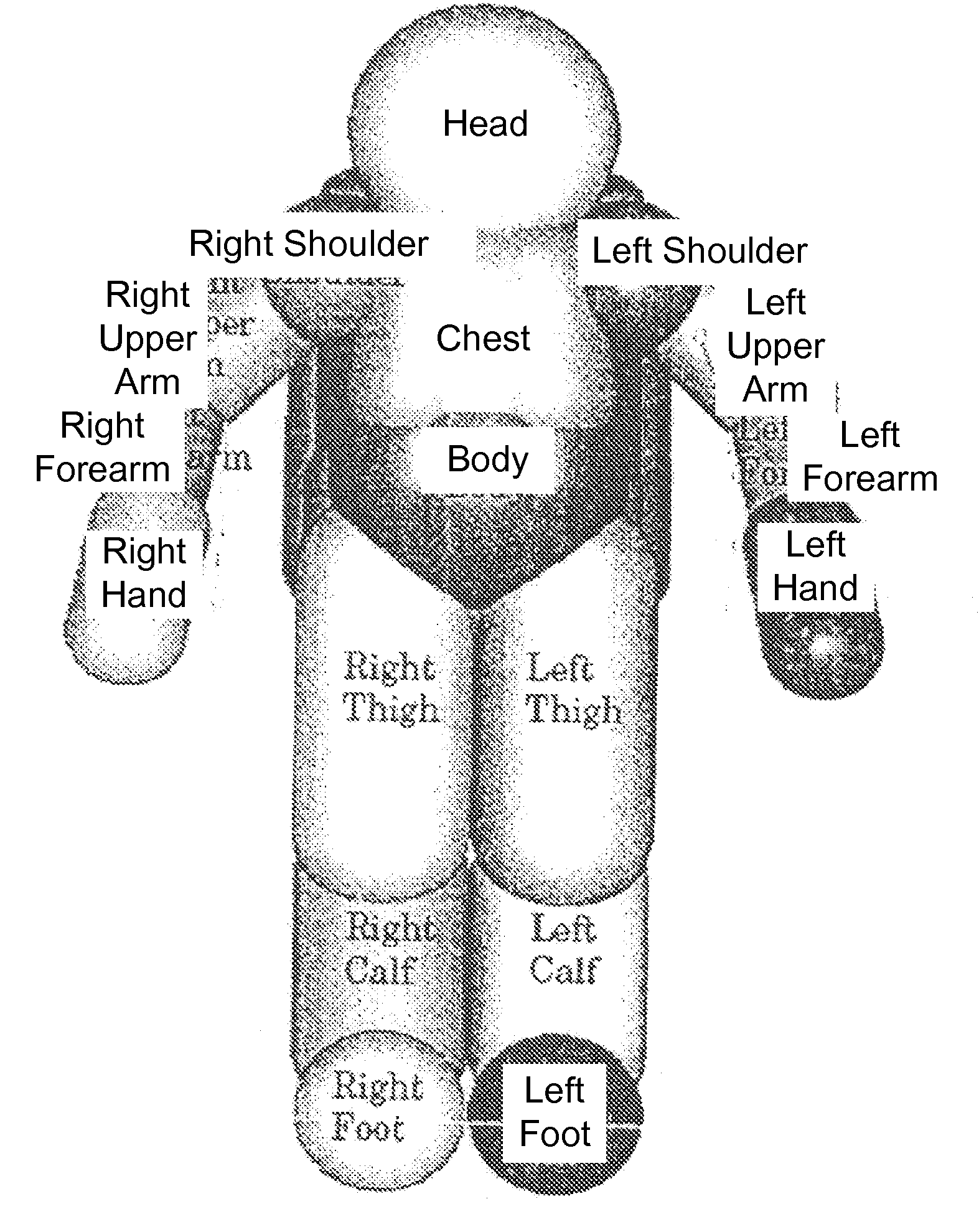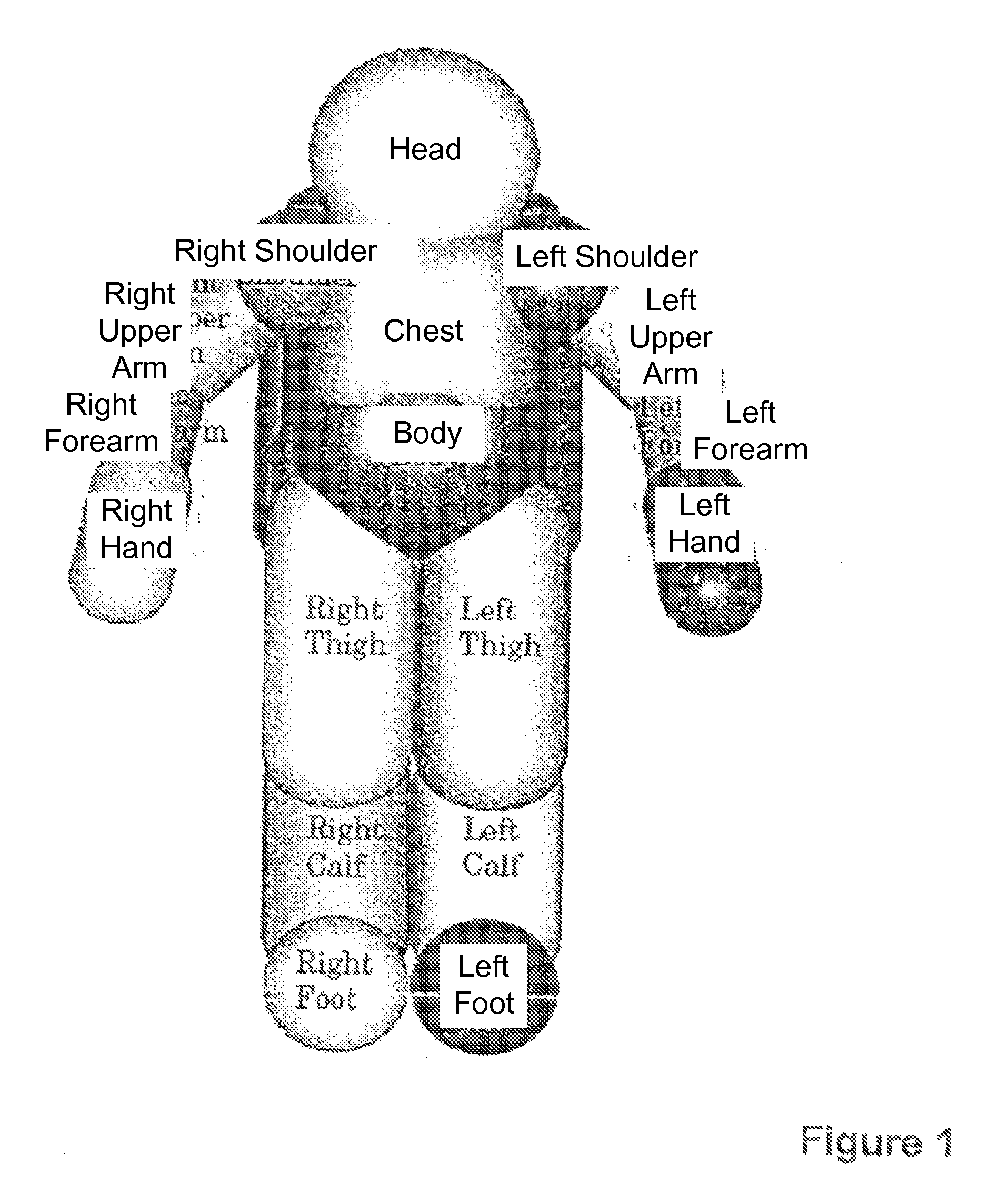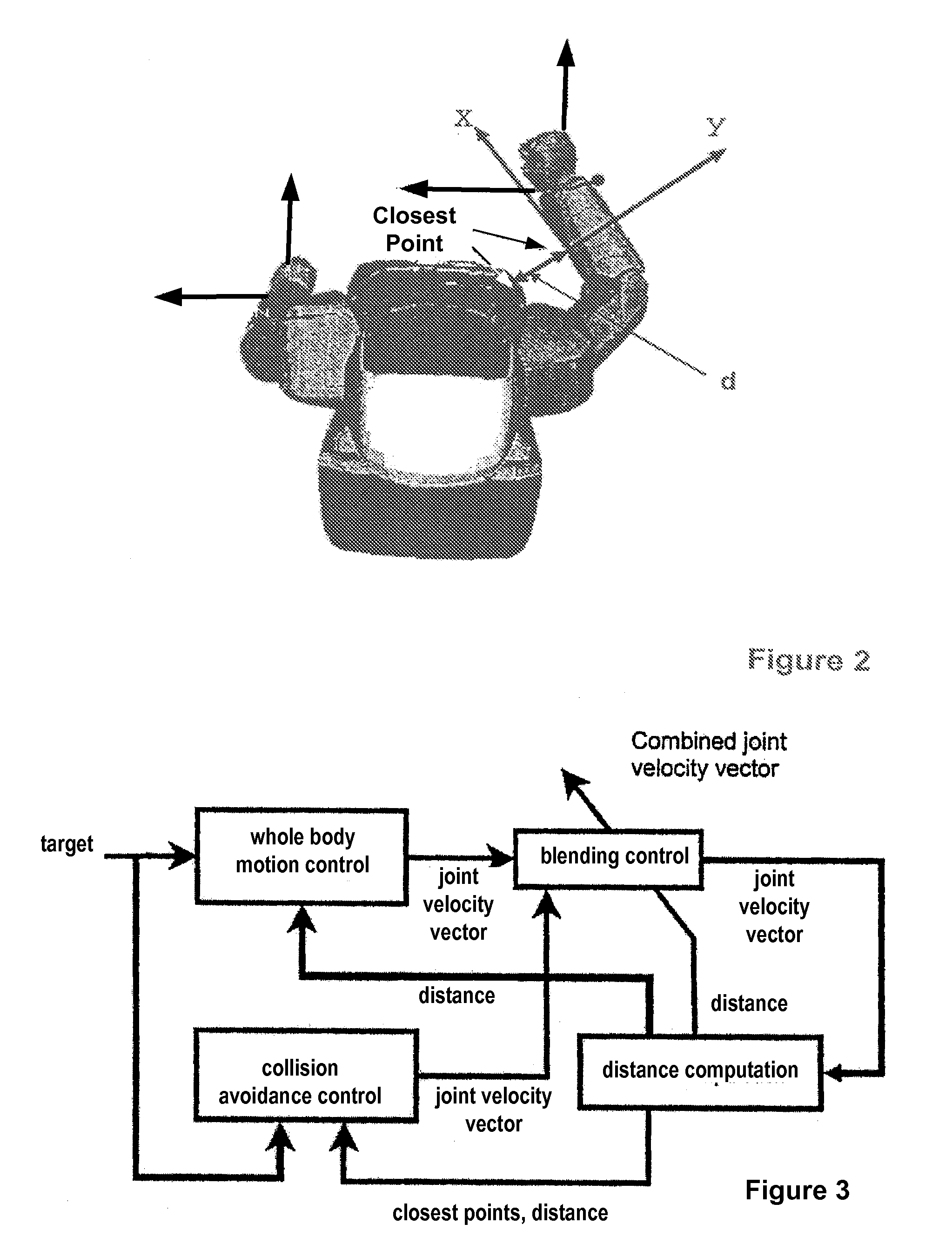Robots with Occlusion Avoidance Functionality
a technology of occlusion avoidance and robots, applied in the field of robots, can solve the problems of increasing the working range of robots, increasing computation time, and difficult application of interactive motion methods
- Summary
- Abstract
- Description
- Claims
- Application Information
AI Technical Summary
Benefits of technology
Problems solved by technology
Method used
Image
Examples
example
[0078]In order to avoid occlusion problems, a “virtual object” in space is defined and taken into account when performing the collision avoidance. Thus, space can be defined where a robot segment is not allowed to penetrate. This means that an area can be defined where a robot segment is not allowed to enter. Such area may be used as an “occlusion avoidance.” One of the major problems when robots grasp something is occlusions that are caused by their hands hiding target objects. In one embodiment of the present invention, a virtual obstacle can be configured and placed between the robot head and the target so that the hands of the robot do not interfere with the robot's view of the target. The virtual object may be inactivated right before the robot reaches to the object.
[0079]Embodiments of the present invention relate to a technique for a safety mechanism that protects articulated robots and the environment in which the robot is operating. In particular, embodiments may be employe...
PUM
 Login to View More
Login to View More Abstract
Description
Claims
Application Information
 Login to View More
Login to View More - R&D
- Intellectual Property
- Life Sciences
- Materials
- Tech Scout
- Unparalleled Data Quality
- Higher Quality Content
- 60% Fewer Hallucinations
Browse by: Latest US Patents, China's latest patents, Technical Efficacy Thesaurus, Application Domain, Technology Topic, Popular Technical Reports.
© 2025 PatSnap. All rights reserved.Legal|Privacy policy|Modern Slavery Act Transparency Statement|Sitemap|About US| Contact US: help@patsnap.com



